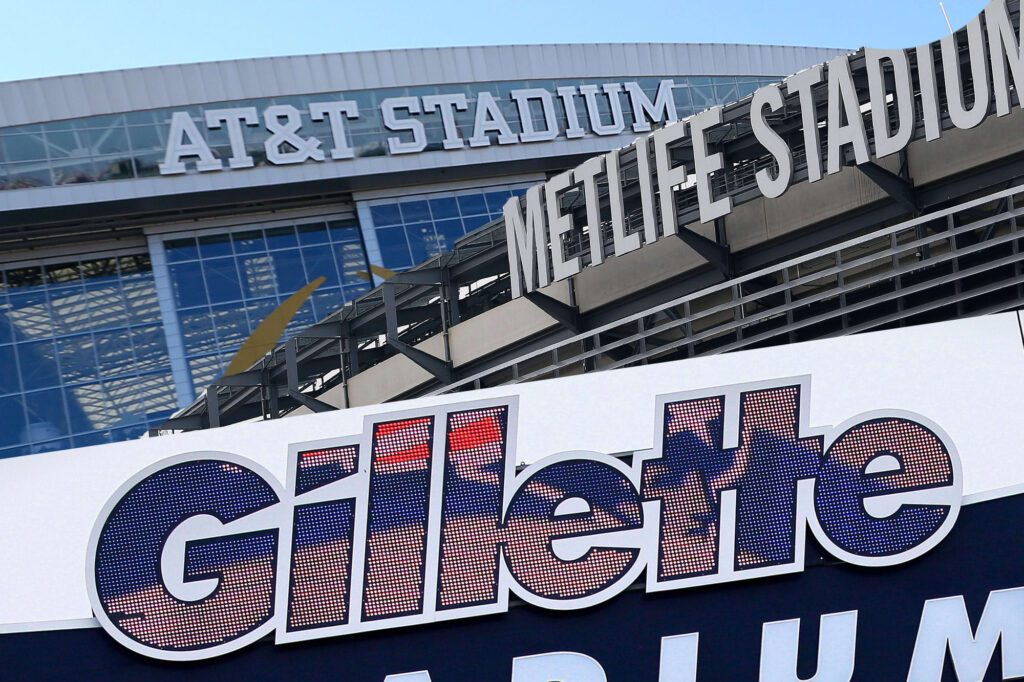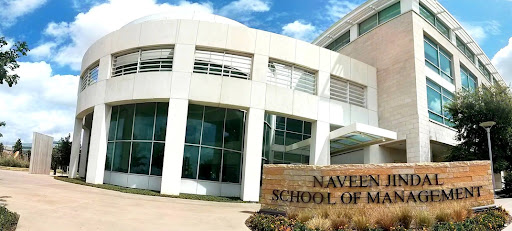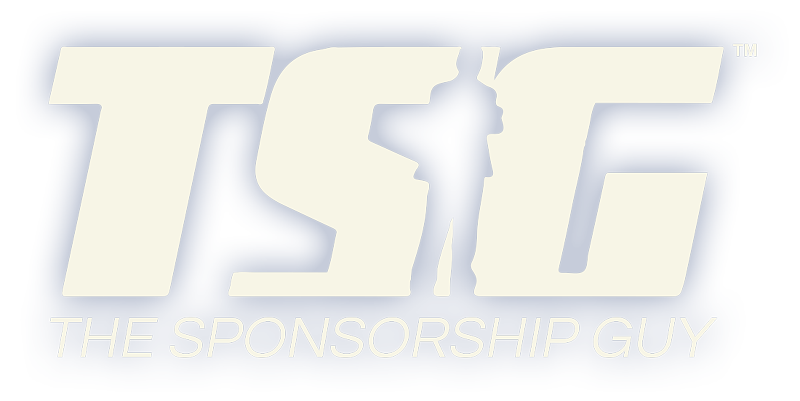What is Sponsorship and How Does it Work?

I am often asked, what is sponsorship? It used to be a pretty simple answer. Most people think of sports sponsorships like McDonald’s and the U.S. Olympic team, or Bud Light and the NFL. There are many easy examples to see in sports, so it is a good place to start. Sponsorship has grown to be a massive source of revenue for causes, non-profits, conferences, festivals, concert venues, food festivals, associations, municipalities, university business schools, wings of hospitals and even airports. These are referred to as properties within the sponsorship industry.
Nearly anything with a large and definable audience can be sponsored.
My formal shot at a definition is: Sponsorship is a form of affinity marketing that provides certain rights and benefits to the buyer or “sponsor”. It is usually in conjunction with a property, venue, personality, or event. Most often, the sponsors may use the images and logo of the partner and call themselves an official sponsor of the property. Sponsorship is particularly effective when the sponsor and the property have similar goals, values and visions. Properly activated, this affiliation casts a “halo” or conveys certain characteristics to the sponsor as a result of the strong recognition or fan base of the property.

Here is an example of Capital One, Food Network and others sponsoring special events inside of the NYC Food and Wine Festival.
Sponsorship is much more than an outfield sign at a baseball park or a logo on a racecar. Sponsorship provides businesses and brands access, connections, hospitality, affinity, audience access, data, and helps to shape public perception in a way that can be hard to achieve using your own marketing and branding efforts alone. Sponsors and properties working together can create a broader reach and shared objectives, multiplying the resources they have and leveraging the combined power of the relationship.
Sponsorship is much more than advertising. Well-conceived sponsorships include an investment in activation. Activation is a term that is used to describe the specific ways in which the sponsored properties assets will be utilized. This could include, physical space and interaction with fans or followers, direct contact via email or direct mail, special features and offers to brand customers, hospitality, entertainment and many other forms of engagement.
Sponsorship is as effective in a Business-to-Business (B to B) application as a Business to Consumer (B to C) application. Many municipalities have addressed their funding issues by selling naming rights for parks and buildings, train stations and more. The real key is to find an organic linkage, one that makes sense to the public. Initially, most sponsorships were endemic, like tires and tools for race teams. But as time has gone on the industry has learned that certain fans have loyalty to sponsors of the sport, community or cause that they care about. That is how we wind up with M&M’s on a race car and pink ribbons on a can of soup.

Here is an example of an individual sponsoring a university expansion.
In my experience, the real key to success with sponsorship is finding the insights that connect consumers and businesses. The time, the place, the feeling that connects them and creates preference, recognition, learning and buying.
Are you feeling like you’re one step away from reaching your sponsorship goals? Perhaps you’re unsure how to find your first sponsor or want help attracting, signing, or working with a specific sponsor. It’s very common to feel overwhelmed by the process of pitching and acquiring a sponsor. Reach out today to get direction from an expert to get you unstuck and closer to reaching your goals.

